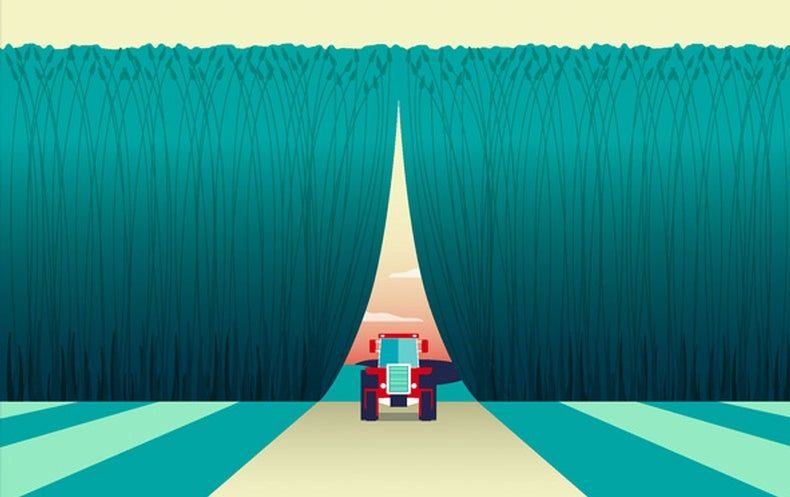Coming into effect as early as 2021.
Category: futurism – Page 1,035


Gorgeous Footage of a Camouflaged Lichen Katydid Delicately Walking Along Its Matching Branch
Talented wildlife photographer David Weiller has captured absolutely gorgeous footage of a beautiful markia hystrix, better known as a lichen katydid as it delicately walked along the branch of a tree covered in the distinctive white filamentous lichen for which the graceful insect was named. The insect-focused blog Nature and Moretells has more information on these beautiful creatures.
Katydids comprise a diverse group of insects particularly well adapted to survival in rainforest because of their exceptional camouflage. Most katydids are well camouflaged with brown or leaflike green markings. The Lichen Katydid, Markia hystrix (Orthoptera – Tettigoniidae), however, has one of the most incredible camouflages of all. It resembles the pale greenish-white lichens on which it lives in rainforest treetops. Not only does the color match the lichens, but the body and legs have a bizarre assortment of spines and points that blend well with lichens, in fact, so well that this insect is extremely difficult for predator to find.
Via The Awesomer

Best News Stories From 2019
(So far!)

These 3 futuristic technologies could help save the planet
Simple solutions to a complex problem.📕.

Release of the Second Neuro-Functionalized Computational Anatomical Model
The Korean male neuro-functionalized Virtual Population (ViP) model Jeduk V4.0 has been released. This new computational human phantom features detailed neuro-functionalized nerve trajectories for all major peripheral nerves in the entire body and includes close to 1200 individual tissue structures comprising more than 250 peripheral nerves and 1100 unique nerve trajectories.